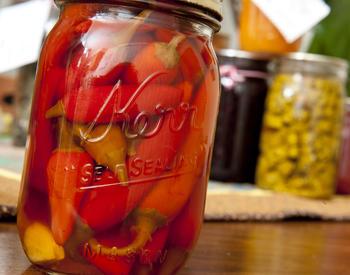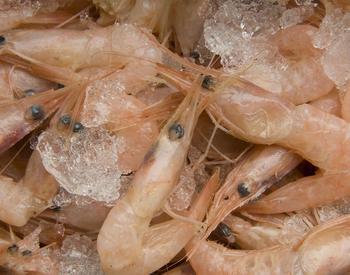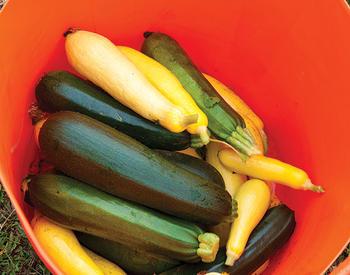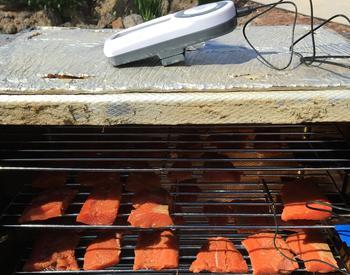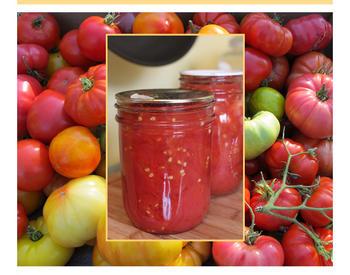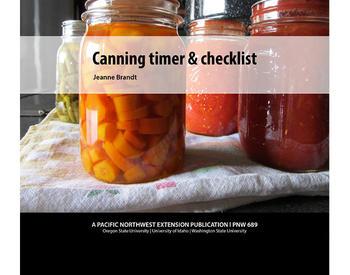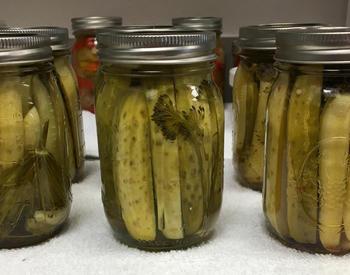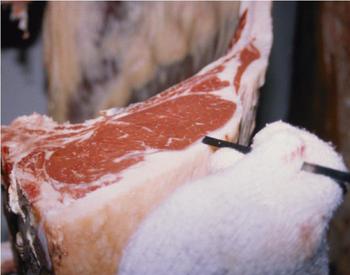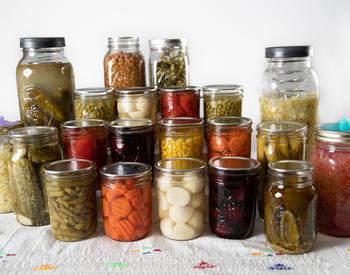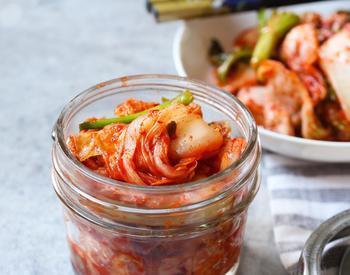Transcript
Hi, I'm Buffy Rhoades with Oregon State University Extension Service, Family and Community Health Program, in Clackamas County. In this video, we will demonstrate how to use a weighted gauge regulator to safely can food items.
While dial gauges are more commonly used, they must be tested annually for accuracy to ensure food safety. Extension offices will check your dial gauge for free, but not everyone lives in an area convenient for testing. Pressure canners with a weighted gauge do not need to be tested for accuracy because they cannot go out of calibration. A weighted gauge pressure canner regulates pressure inside the canner by allowing some air to be released from the canner during processing. It is designed to gently rock when it is maintaining the correct pressure.
This is the 15-pound counter- or dead-weight that comes with your pressure canner. This weight allows you to correctly use the dial gauge. During processing, the weight won't start rocking unless your canner exceeds 15 pounds of pressure. This one is a 15-pound weight that disassembles to allow for increments of 5, 10, and 15 pounds of pressure.
This is a pressure canner with a dial gauge that has already vented steam for 10 minutes. At this point, we place the adjustable weight on the steam vent instead of using the counter- or dead-weight. For this example, we're using a 10-pound weight. Recipes calling for 11 pounds of pressure on a dial gauge will use the 10-pound weighted gauge. Once the weighted gauge starts to rock, the 10 pounds of pressure has been reached. Ignore the dial. If you are at a higher altitude, you will need to process at 15 pounds using the weighted gauge.
This is an example of the weighted gauge rocking too fast. If you run your canner at this speed, you're likely to run the canner dry. Adjust the heat source so the weighted gauge will slow down, but not stop. This level of motion is just right. The rocking may increase slightly if you're using an electric stove due to its cycle, but it should come back to this rhythm. When the weighted gauge is rocking at this rate, there is no need to add extra water to the canner. However, if you're running the canner for a long processing time, such as for tuna, adding an extra quart certainly won't hurt. It's important not to run the canner dry.
Here are some other important tips to keep in mind: set your timer for the recipe appropriate to your product and elevation. If the weight stops jiggling or moving at any time during processing, the canner must be brought back to the proper pressure, and the processing time must start over from the beginning.
In order to ensure your product is safe and of the best quality, always use approved resources such as the National Center for Home Food Preservation, any state extension publication, and the Ball Blue Book published after 1987. We hope this information is helpful in preserving foods at their peak to be enjoyed all year round. To learn more about pressure canning, visit the Clackamas County Extension YouTube channel, where you will find videos on canning tuna along with other food preservation methods. You will also find us on social media! Be sure to subscribe, comment, and share!
Learn how to use a Presto 3-piece weighted gauge on a dial gauge pressure canner. Why is this important? Because weighted gauges don't need to be tested for accuracy, like dial gauges, since they can't go out of calibration. We show you just the right level of rocking for safe and successful canning.
